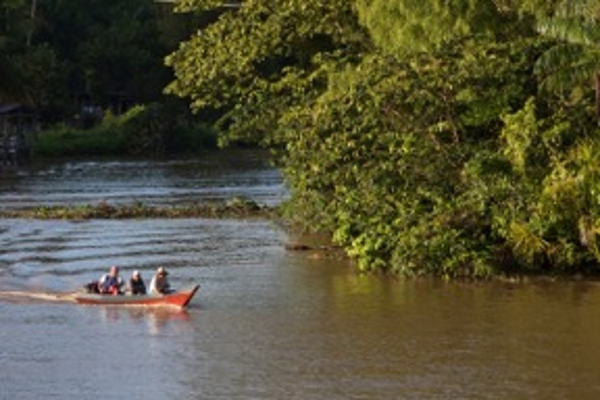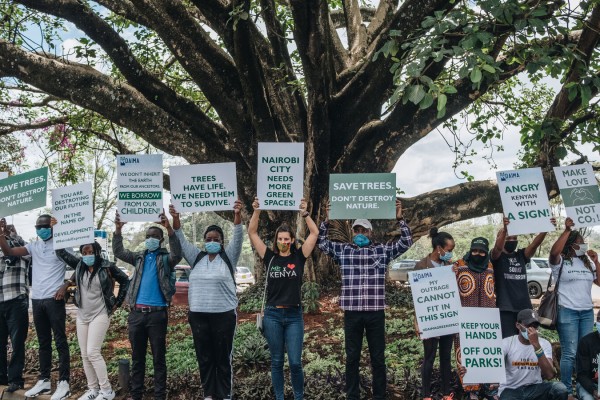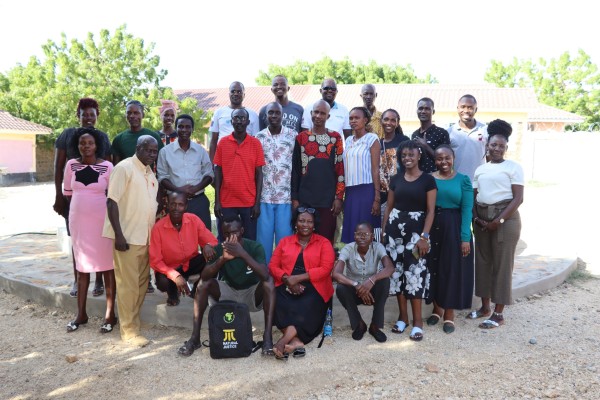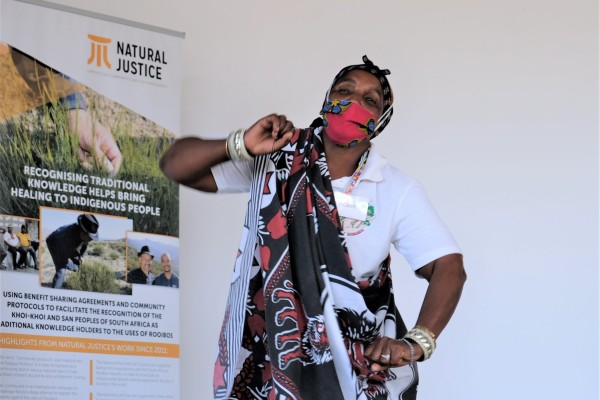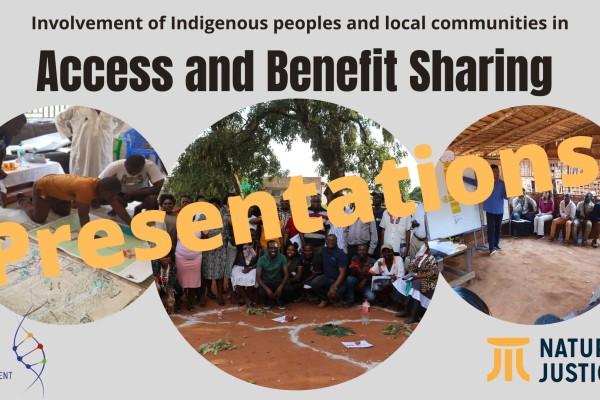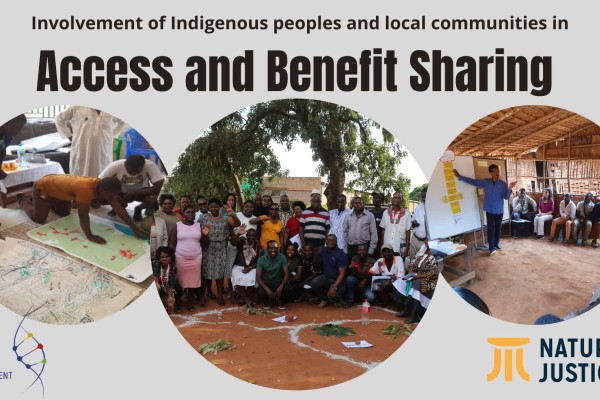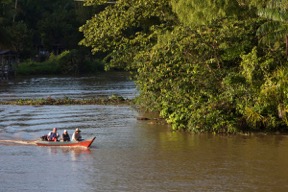
Guest blog by Roberta Peixoto Ramos, PhD student at the London School of Economics & Political Science (LSE)
In December 2014, the communities of the Bailique Archipelago, an area situated in the Amazonian State of Amapá in Brazil, assembled to vote for the final agreements that would compose their Community Protocol. This was the result of 14 months of workshops, meetings and informal conversations, where communities focused on different aspects of their livelihood, decision-making processes and the need to be informed and empowered to have a more equal dialogue with any external actor that might approach the communities.
The project to construct the Bailique Community Protocol was born out of a necessity to recognize the right of indigenous people and traditional communities to be involved and participate in all decisions related to their territory in a national scenario that was (and still is) characterized by a complete disrespect for this right. Furthermore, the discussion around the community protocol focused on the recognition of the vital role that these local communities have in the conservation of biodiversity.
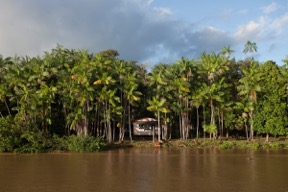
Thus, the community protocol is composed of community local rules that reflect their traditional way of life and the manner in which the community relates to itself and to external actors. Also, the protocol is a document that defines procedures, criteria and tools for territorial management and the sustainable use of natural resources.
The Community Protocol project was proposed to the Bailique communities in 2013 by the Brazilian NGO ‘Grupo de Trabalho Amazônico (GTA), which is a network of different community institutions located throughout the Brazilian Amazon. The Bailique archipelago is situated at the mouth of the Amazon river, at around 200km from the city of Macapá in the state of Amapá, and only reachable by boat. The population is of about eleven thousand people distributed in approximately 51 communities. Their main activities are fishing and extraction of forest products, of which acai berry extraction is the main source of income.
The foundation of the methodology developed to construct community protocols is to enable the full participation of communities in all aspects and all levels of the project. Hence, the first step was to get the community’s free, prior and informed consent with regards to having the project in their territory. It is interesting to note that the Bailique community was not facing any impending threat at the time and their decision to start a process to construct their community protocol was based on their vision that the protocol would enable the community to be better organized locally and more empowered rather than help them with a specific conflict.

The methodology developed was divided in four major workshops covering the following areas (i) a social, environmental, cultural and economic analysis of their territory and communities; (ii) relevant national legislation, international treaties and public policies; (iii) access to genetic resources, traditional knowledge and benefit-sharing and (iv) risks and opportunities of the protocol.
One of the most innovative tools proposed was the so called ‘consultation document’, which was an instrument used to ensure a more horizontal participation of the communities. During the workshops, each community would send their representative, who would discuss issues related to their community and to the Bailique territory. All these discussions were to become part of the text of their protocol. In order to avoid that the Bailique Protocol become a mere reflection of the leadership’s views (understanding that there are also power challenges at the local level), the project created a system where all the answers given by these leaders during the workshops were systematized in a ‘consultation document’, which was then circulated to every household in order to verify the answers given. In this ‘consultation document’ there were the answers given by the leaders and a space where the person consulted could agree, disagree or add to the answer given. There were two rounds of this ‘consultation document’. One took place after the first workshop and the second after the first general assembly where the leaders had the chance to see the results of the first ‘consultation document’ and react to what was changed or agreed. These household visits were done by the ‘support team’, which was formed by young people from the communities who wanted to get more involved. The result was that at the end of the process the project visited over 70% of the households taking part in the protocol and there was an increased sense of legitimacy and belonging, as young people increasingly became the voice of the project.
The Bailique Community Protocol has achieved many important results to date and the project is now working with communities to help them put in practice the decisions of their Protocol assembly. Some of the more concrete results are:
- Creation of the Association of the Bailique Community Protocol (ACTB), which is composed of traditional leadership and young leaders that represent and act upon the decisions of the assembly.
- Identification of four main products of their sociobiodiversity that they want to explore further, improve its quality and search for new technology and new markets: fish, acai berries, essential oils and medicinal plants.
- Identification of land irregularity in the region (that was not clear before the protocol), which was causing conflicts, legal uncertainty and impeding communities from accessing certain public policies that require land ownership. The communities are now working closely with the Federal Prosecutor’s Office and land agencies to resolve their land issues.
- Identification of the need to have their own ‘Family School’ in their territory, which is an education system designed to answer for the needs of forested people, allowing young people to get quality education without leaving their communities. This school is going to be partially funded by the acai berry producers who are organizing themselves to have their acai berry production certified by the Forest Stewardship Council (FSC), which will eventually increase their income, allowing them to use a share of this revenue to fund the Family School.
In addition to these, there are other less visible results of the protocol which are more difficult to measure, but that are the foundation of the changes that are happening in the territory. The Bailique communities are more informed about their rights as traditional communities and their rights as Brazilian citizens, they are more informed about national and international legislation and they are challenging local power structures that historically have been associated with local political parties and therefore paternalist approaches [for the initial results see OELA Policy Brief Issue 1].
But more importantly, the process of constructing their community protocol has allowed them to become more empowered to define, decide, and act upon the development path they choose to follow, while becoming increasingly aware of the importance of conserving their local biodiversity and preserving their traditional ways of life.
Note
- Since July 2016, the NGO OELA has become the main supportive institution in the process of the Bailique protocol, while GTA remains as an important partner.
You can contact Roberta on email: r.p.ramos@lse.ac.uk.
The views reflected here do not necessarily represent those of Natural Justice.

